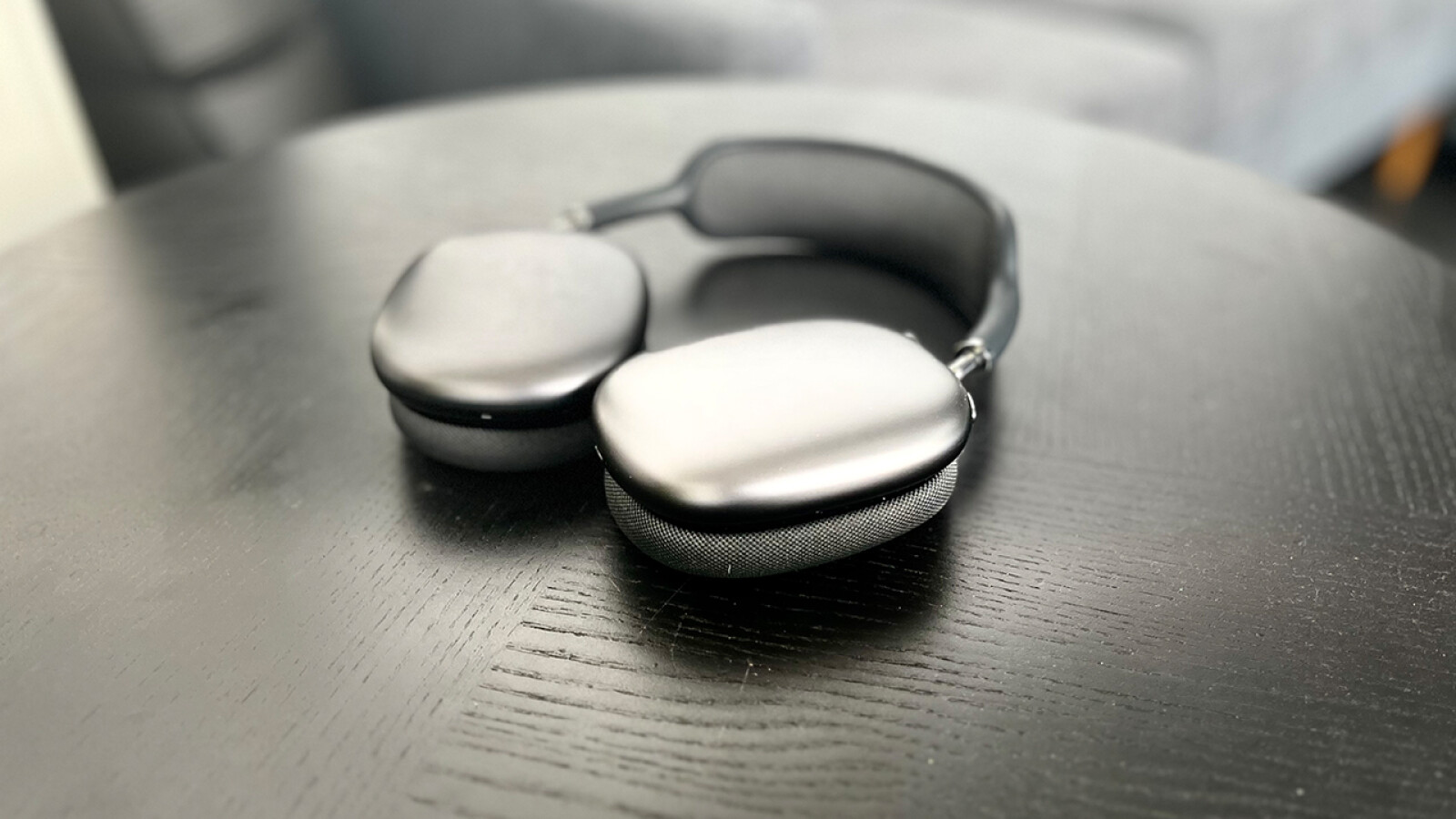If a headphone has ANC, background noise disappears almost completely – because active noise canceling means active noise suppression. That’s how technology works.
The Apple Airpods Pro Max have Active Noice Canceling (ANC) and, thanks to their over-ear design, also have adequate passive noise cancellation. (Source: Richard W. Schaber)
- ANC stands for Active Noise Cancelling, which means Active Noise Cancellation.
- The technology generates a counter-signal to the ambient noise and thus filters it out.
- A combination of active and passive noise cancellation works best with headphones.
Anyone who is busy buying new headphones or compact ear buds these days will often stumble across the abbreviation ANC. This abbreviation stands for Active Noise Cancelling, which is called active noise suppression in German.
This is a technology that specifically suppresses ambient noise so that there is no unwanted background noise when using headphones. Audio books and music can be enjoyed at a moderate volume on an airplane or in the back seat of a car, because background noise no longer has to be drowned out thanks to ANC.
This is how ANC works
In order to specifically filter out ambient noise, it must first be recorded by the headphones using an integrated microphone. The ANC technology then generates a counter signal that corresponds exactly to the one recorded, but is emitted in the opposite polarity.
The two signals then meet on the eardrum, which leads to a mutual neutralization of the sound waves. For you, this means that you can use your headphones to listen to your audio content at a decent volume, even in a loud background noise, thus protecting your hearing.
Active Noise Canceling vs. Passive Noise Cancelling: That’s the difference
In addition to active noise cancelling, passive noise canceling also plays a decisive role in suppressing disruptive ambient noise. However, passive noise suppression, abbreviated to PNC, is not a complex modern technology, but the isolation through the material and design of the headphones.
So PNC has been around for as long as there have been headphones: a powerful over-ear model with full closure isolates the ears more from ambient noise than light on-ear headphones.
If you want noise suppression that is as effective as possible, you should pay attention to the PNC quality of a headphone model in addition to the presence of ANC. To check this, you only have to put on the headphones and you will see how much ambient noise is reduced by the material and fit of the wearable.
ANC: Where to forgo noise cancellation
Even though ANC provides significantly more comfort when listening to audio books and music in a noisy environment, blocking out ambient noise from the ear canal can have dangerous consequences. Depending on the quality of the noise suppression, an approaching tram can no longer be heard and carelessly crossing a street can quickly end in a fiasco. Using ANC headphones on a bike can also quickly become dangerous.
If you go out in public and don’t want to do without your music on the go, it makes more sense to use a transparency mode, such as that used with the Apple AirPods Pro or Airpods Max, for example. In contrast to ANC, such a transparency mode also uses the microphone to pick up ambient noise, but amplifies it to bypass the passive noise cancellation of headphones.
Don’t miss anything with the NETWORK-Newsletter
Every Friday: The most informative and entertaining summary from the world of technology!
